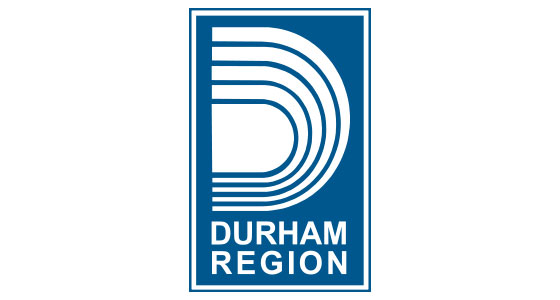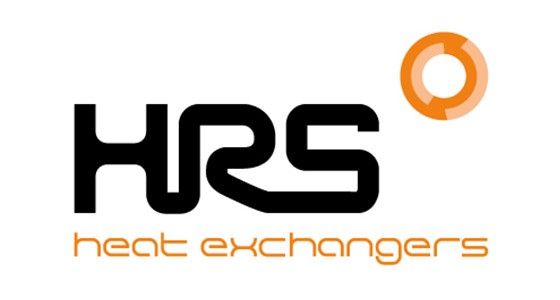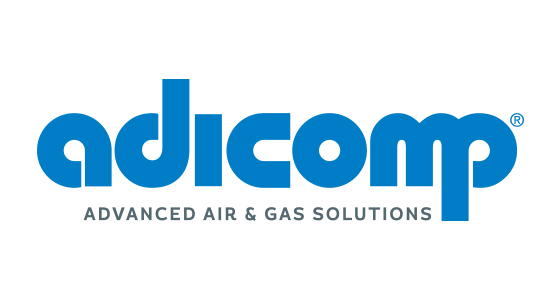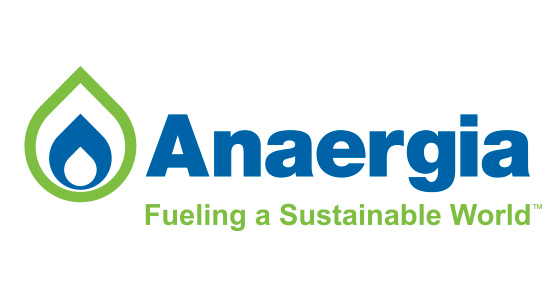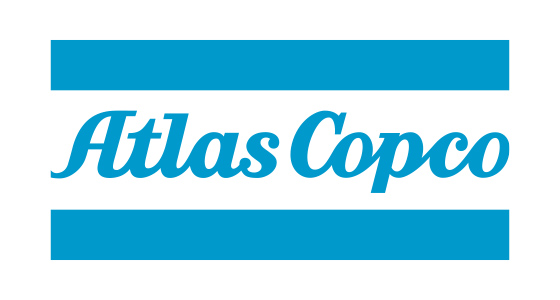March 30, 2022

A renewable gas mandate is a regulation that requires natural gas distributors to gradually replace conventional natural gas with renewable substitutes like renewable natural gas (RNG), low-carbon hydrogen and synthetic gas. As such, it is an effective tool for decarbonizing conventional natural gas systems. This could be a particularly useful tool in Canada, where almost two thirds of Canadians count on natural gas for energy needs, but where conventional natural gas also accounts for 160 Mt of greenhouse gas pollution, or more than one fifth of Canada’s total.
It’s for this reason that the report, Hitting Canada’s Climate Targets with Biogas & RNG, identified a federal renewable gas mandate as the single most powerful policy tool for cutting Canada’s emissions with biogas & RNG. And there are examples to look to.
Here is a summary of policy precedents in the domestic and international contexts.
Canada Renewable Fuels Regulations (2011): The Renewable Fuels Regulations, initially introduced by the federal government in 2011, apply a renewable content mandate to liquid fossil fuels. They include a minimum average volumetric content requirement of 5% for gasoline and 2% for diesel fuel and heating distillate oil. The regulation applies to producers and importers of liquid fossil fuels, such that by the time the fuel reaches the retail customer, it is compliant with the mandate. Select fuel uses are exempted in the regulation.
A key design feature of the federal Renewable Fuels Regulations (2011) was to make it complementary to provincial systems. The renewable content minimums outlined in the Renewable Fuels Regulations serve as a baseline, which five provinces (BC, AB, SK, MB and ON) are either meeting or exceeding with their own provincial-level renewable liquid fuel mandates.
Where the federal Renewable Fuels Regulations have fallen short is in gradually ratcheting up the minimum content requirement over time. At the provincial level, only British Columbia has regulated an increase in the minimum content requirement since its renewable liquid fuel mandate came into effect in 2010. At the federal level, the baseline requirements have never increased since the regulation was implemented in 2011.
Nevertheless, the federal Renewable Fuels Regulations has proven successful. It is credited with achieving an estimated 4 Mt CO2e per year in emissions reduction and for driving significant growth in the development of biofuels like ethanol and biodiesel, almost doubling Canadian biofuel demand over its first four years.
The Renewable Fuels Regulations have more recently been incorporated into the federal government’s proposed Clean Fuel Regulations, which layer a clean fuel standard for liquid fuels on to the renewable fuel mandate.
Québec Renewable Natural Gas Mandate (2019): In 2019, the Government of Québec introduced a renewable natural gas mandate that built on existing voluntary industry commitments. The regulation requires natural gas suppliers in the province to blend in a minimum 1% of renewable natural gas by 2020-2021 and a minimum 5% renewable natural gas by 2025-2026. In its 2020 climate plan the government indicates that plans to increase the renewable natural gas mandate further to 10% by 2030. Unlike the federal Renewable Fuels Regulations, a clear and predictable schedule for increasing minimum content requirements both optimizes the environmental benefits and the economic benefits of the regulation.
BC Renewable Gas Mandate (TBC): British Columbia’s CleanBC plan identifies a renewable gas mandate as an important policy for achieving its 2030 climate targets. The proposed renewable gas mandate would require that the province’s natural gas distributors blend in a minimum 15% renewable content into their supply by 2030. Eligible renewable gases include biogas & RNG, low-carbon hydrogen, synthetic gas and lignin.
The province has since paved the way to formally implementing this mandate with an amendment to the Greenhouse Gas Reduction Regulation in June 2021, which allows natural gas utilities to increase the amount of renewable gas they may acquire and supply from 5% to 15% of their total annual supply of natural gas.
California Renewable Natural Gas Standard (2022): In February 2022, the California Public Utilities Commission announced a renewable gas mandate that applies to California’s four major natural gas distributors as well as its many smaller ones. The California mandate is specific to biogas-sourced RNG, as opposed to hydrogen or biomethanized RNG, and requires a 12.8% minimum renewable blend by 2030.
EU RED I (2009): The European Union’s initial Renewable Energy Directive established a renewable fuel mandate, requiring that 10% of all energy used for transportation come from renewable sources by 2020. This target has since been increased to 14% by 2030. While the Renewable Energy Directive policy allows for electrification of transportation as a pathway, the majority of the target so far has been met through the blending of renewable content into conventional liquid fuels, similar to the outcome of Canada’s renewable liquid fuel mandates.
US Liquid Fuel Mandates: Meanwhile, seven US states have renewable liquid fuel mandates in place.
For more information on Renewable Gas Mandates, see “Appendix C” of Hitting Canada’s Climate Targets with Biogas & RNG.



